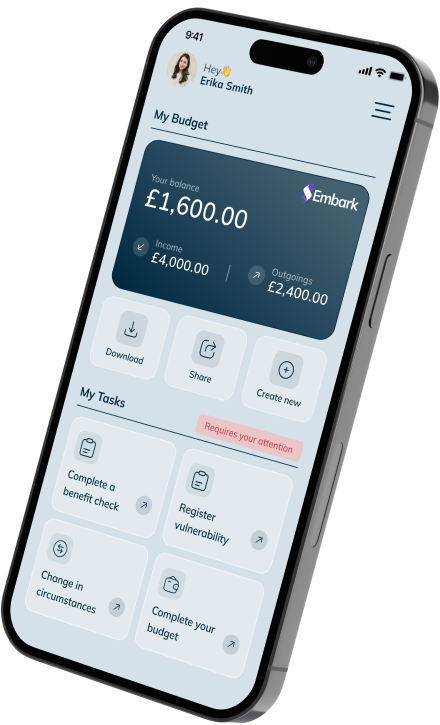How can firms use the FCA Rules & Guidelines on Persistent Debt as an opportunity to transform their collections process?
The approach to managing persistent debt is high on the agenda of most banks and credit providers. It’s a problem, which needs to be solved – not by just treating customers who are classed as being in persistent debt fairly but also helping to prevent people from reaching this unwanted status.
New rules introduced by the FCA
In February 2018, the FCA introduced new rules that lenders must follow to help their customers who are struggling with persistent debt. The FCA classes an individual being in persistent debt if, over a period of 18 months, the amount they pay in interest, fees and charges is more than the amount of debt they are repaying.
When the FCA rules were introduced, the FCA reported there were four million credit cardholders in persistent debt, paying an average of £2.50 in interest and charges for every £1 they borrow. It estimated the new rules would save customers between £310 million and £1.3 billion a year in lower interest charges.
Requirements to contact affected customers
The FCA stipulated a minimum requirement that after 18-months of continuous persistent debt, lenders must contact any affected customers and explain how to reduce their cost of borrowing and inform on the time it will take to repay their balance. They should also support their customers by signposting them to any relevant debt advice.
If there is no evidence of change, then at 27 months, firms were required to send a reminder.
From January 2020, the 36-month milestone is reached and at this stage if not material change is evident from customers, firms will have to offer options to these customers that allow them to repay their balance more quickly and in a manner that does not adversely affect their financial situation.
Technology will be key when transforming collections strategies
It is unclear at this stage what issuers will do after the 36-month point. Firms are working through the next level of detail required to execute their strategies, including: repayment plans, credit-limit adjustments and credit-card or account suspensions.
What is clear is that compliance does require all firms to review their end-to-end collections strategies – and that technology will be a key enabler. Of course firms have already taken steps to implement the contact processes required as a minimum to adhere to the FCA rules but there is still much work needed.
At Paylink we are already proactively working with our partners to help firms in delivering their Persistent Debt strategies. However, many of our clients are also using this as an opportunity to transform their customer engagement processes and deliver a digital-first and CX-led approach to collections.
Persistent debt provides an opportunity to improve customer engagement
At Paylink, we believe persistent debt provides firms with a perfect opportunity to review their end-to-end collections process and introduce technology to drive higher levels of customer engagement.
By providing digital solutions that support our clients obtain: higher contact rates, more accurate and rapid affordability assessments as-well as access to our first-of-a-kind digital debt advice service, we are able to support our clients transform their collections processes and use this as the mechanism to also comply with persistent debt rules and guideline.
We also believe that firms should be introducing technology to support the credit industry in their efforts to prevent persistent debt – not just help customers manage their situations with it once it is already there.
Navdeep Sethi,
COO, Paylink Solutions








